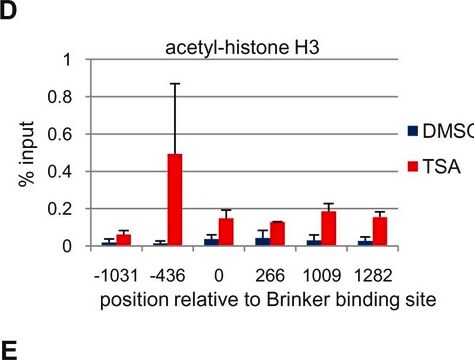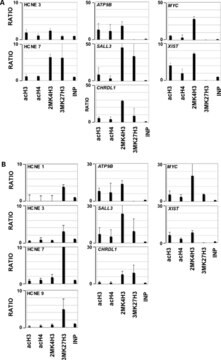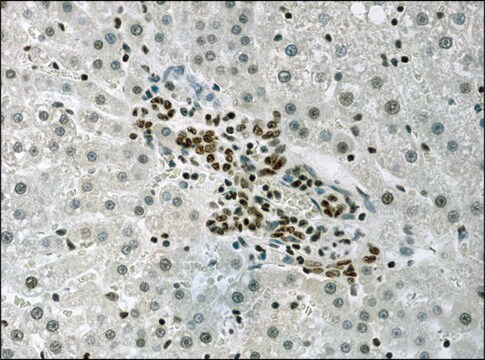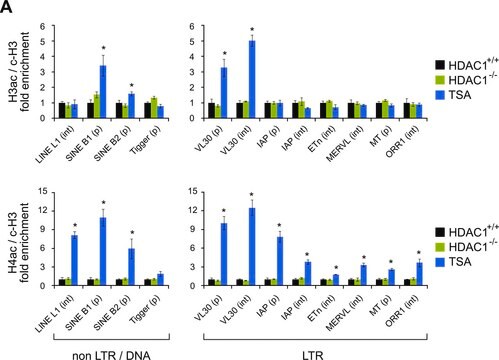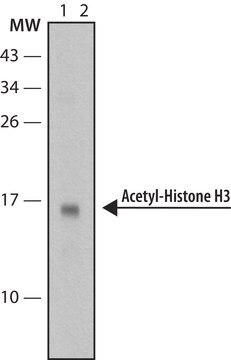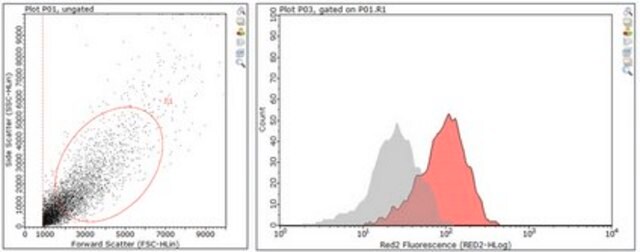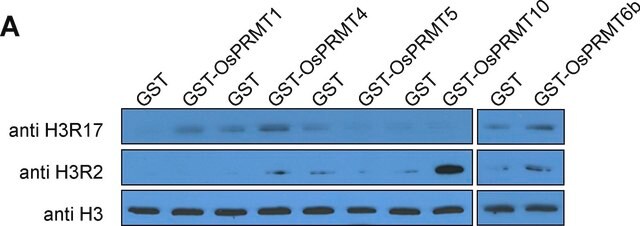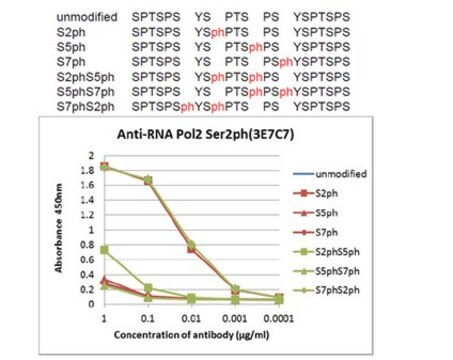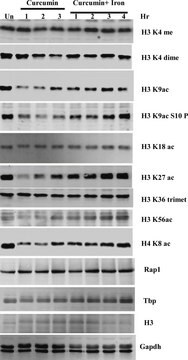06-599
Anti-acetyl-Histone H3 Antibody
from rabbit
Synonym(s):
H3 histone family, member T, histone 3, H3, histone cluster 3, H3
About This Item
Recommended Products
biological source
rabbit
Quality Level
antibody form
purified antibody
antibody product type
primary antibodies
clone
polyclonal
species reactivity
mouse, rat, human
technique(s)
ChIP: suitable (ChIP-seq)
immunocytochemistry: suitable
western blot: suitable
NCBI accession no.
UniProt accession no.
shipped in
wet ice
target post-translational modification
acetylation (not specified)
Gene Information
human ... H3C1(8350)
mouse ... H3C1(360198)
rat ... H3C1(679994)
General description
Specificity
Immunogen
Application
Chromatin Immunoprecipitation: This antibody has been shown to work for chIP using HeLa extracted chromatin and 5 mg of this antibody.
ChIP-Seq: This antibody has been shown to work for ChIP-Seq in Kanai, A., et. al. (2011). DNA Research 18:379-392.
Epigenetics & Nuclear Function
Histones
Quality
Western Blot Analysis: 0.05 µg/mL of this antibody detected Histone H3 on 10 µg of HeLa acid extract, sodium butyrate treated HeLa cells, and recombinant Histone H3.
Target description
Physical form
Storage and Stability
Analysis Note
HeLa acid extract, sodium butyrate treated HeLa cells, and recombinant Histone H3
Other Notes
Disclaimer
Not finding the right product?
Try our Product Selector Tool.
Storage Class Code
12 - Non Combustible Liquids
WGK
WGK 1
Flash Point(F)
Not applicable
Flash Point(C)
Not applicable
Certificates of Analysis (COA)
Search for Certificates of Analysis (COA) by entering the products Lot/Batch Number. Lot and Batch Numbers can be found on a product’s label following the words ‘Lot’ or ‘Batch’.
Already Own This Product?
Find documentation for the products that you have recently purchased in the Document Library.
Customers Also Viewed
Our team of scientists has experience in all areas of research including Life Science, Material Science, Chemical Synthesis, Chromatography, Analytical and many others.
Contact Technical Service
